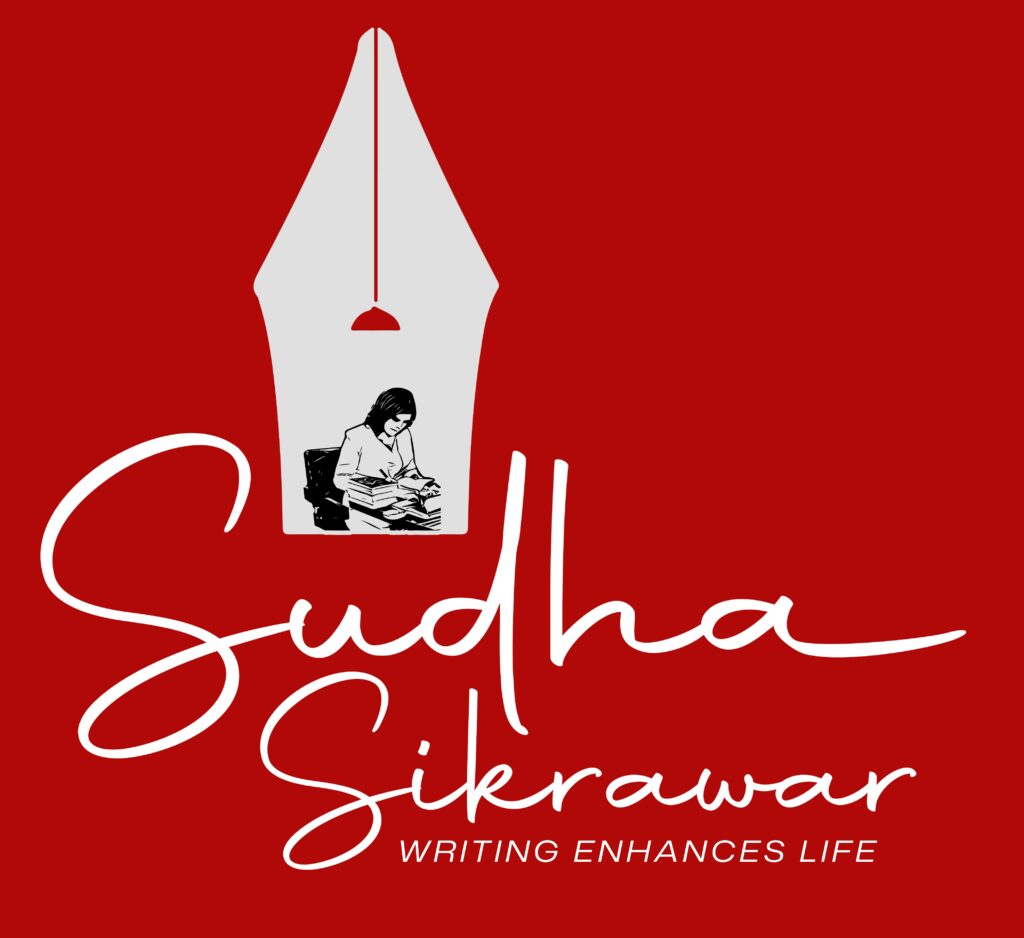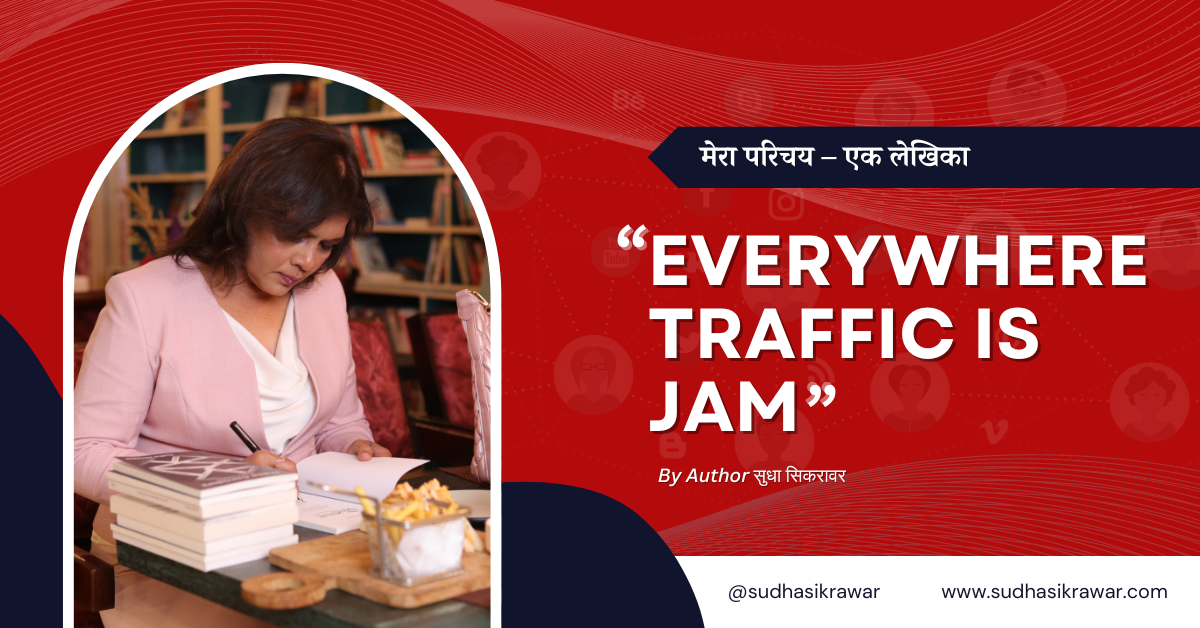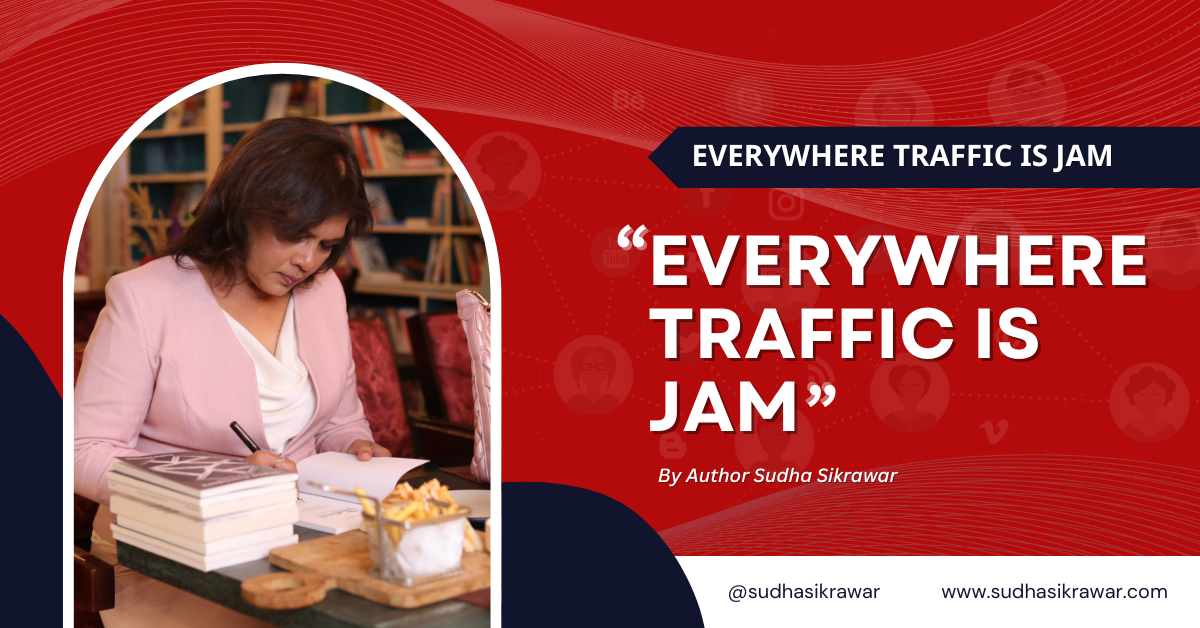Aspiring writers, get ready for an exciting journey! The world of writing is filled with pitfalls and challenges, but fear not – we’re here to shed light on some common writing mistakes that often trip up newcomers. By understanding these stumbling blocks, writers can refine their craft and produce more engaging, polished work.
This article delves into several key areas where new writers often struggle. From the temptation to write cinematically instead of literarily to the importance of seeking feedback, we’ll explore a range of writing techniques that can make a big difference. We’ll also look at how patience plays a role in the writing process, why choosing strong book concepts matters, and how to strike a balance between following writing rules and finding your unique voice. Get ready to take your writing to the next level!
Writing Cinematically Instead of Literarily
New writers often find themselves caught between two distinct storytelling approaches: cinematic and literary writing. Understanding the differences between these styles and finding the right balance is crucial for crafting engaging narratives.
Differences between cinematic and literary writing
Cinematic writing focuses on visual storytelling, using descriptive language to paint a clear picture in the reader’s mind. This approach contrasts with literary writing, which tends to be more introspective and focused on internal character development . In cinema, viewers rely on what is shown, not necessarily what is told. For instance, a film might establish a scene by showing a shot of the Mystery Machine, followed by a view through the windshield revealing Fred in the driver’s seat and Velma in the passenger seat .
Literary writing, on the other hand, allows for more explicit exploration of a character’s inner world. A novel might clearly state that the characters surrounding Fred think he is pretentious and want him to leave immediately. In contrast, a filmmaker has to convey this feeling through visual means rather than telling the audience directly .
Techniques unique to literary writing
Literary writing employs several techniques that may not translate well to the screen. These include:
- Extensive use of metaphor and symbolism
- Poetic language
- Detailed character descriptions
- In-depth exploration of thoughts and emotions
Writers can use devices like alliteration, assonance, and hyperbole to enhance their prose. For example, Shakespeare’s famous metaphor “All the world’s a stage” demonstrates how literary techniques can add depth and meaning to the text .
Finding the right balance
For screenwriters and authors alike, finding the right balance between cinematic and literary elements is essential. They must be able to convey the visual and emotional aspects of a story while maintaining a cohesive narrative structure and compelling character arcs .
To achieve this balance, writers can:
- Use descriptive language to create vivid imagery
- Incorporate dialog to reveal character and advance the plot
- Employ literary devices sparingly to enhance the narrative
- Focus on showing rather than telling when possible
By combining these elements, writers can create a more engaging and dynamic story that appeals to readers’ imaginations while maintaining a cinematic quality.
In conclusion, understanding the differences between cinematic and literary writing allows new writers to develop their skills and craft more effective narratives. By finding the right balance between these two approaches, authors can create stories that are both visually compelling and emotionally resonant, keeping readers engaged from beginning to end.
Disconnected Sentence Structure
The importance of sentence flow
Sentence flow plays a crucial role in creating engaging and coherent writing. Good academic writing should be easy to read, with ideas logically connected from one sentence to the next . This flow not only enhances clarity but also reduces the likelihood of confusion for readers . When writing flows smoothly, readers can move effortlessly from beginning to end without having to stop, double back, or reread to find connections between ideas .
Coherence and cohesion are two key aspects of sentence flow. Coherence, or global flow, ensures that ideas are sequenced logically at higher levels, such as paragraphs, sections, and chapters . This allows readers to move easily from one major idea to the next without confusing jumps in the writer’s train of thought. Cohesion, or local flow, focuses on clear connections at the sentence level, enabling readers to transition smoothly between sentences without interruption .
Techniques for improving sentence connectivity
To enhance sentence connectivity, writers can employ several effective techniques:
- Use the “old-to-new” approach: Introduce readers to familiar information before presenting new ideas. This strategy helps readers link what they already know to fresh information, creating a smoother reading experience .
- Employ transitional devices: Utilize words and phrases that cue readers to relationships between sentences. Examples include “however,” “therefore,” “in addition,” and “moreover” . These transitions indicate logical relationships like similarity, contrast, addition, or cause and effect .
- Maintain parallel structure: Use similar grammatical constructions for words, phrases, or clauses in a series. This creates a rhythm that helps the writing flow more smoothly .
- Utilize pronouns and pointing words: Use pronouns (he, she, it, they) and pointing words (this, these) to refer to previously mentioned nouns, offering variety in word choice while connecting ideas .
- Repeat key words or phrases: This technique creates emphasis and consistency throughout the text .
- Insert internal summaries: Remind readers of points already made to keep important ideas fresh in their minds .
Common sentence structure mistakes
Writers often encounter several common sentence structure mistakes that can disrupt flow and coherence:
- Sentence fragments: These occur when a subordinate clause, prepositional phrase, or verbal phrase is presented as a complete sentence . For example:
Incorrect: “Because we’d run out of milk.”
Correct: “I sent Dalia to the store because we’d run out of milk.” - Fused (run-on) sentences: These join clauses that could stand alone as separate sentences without proper punctuation or linking words .
- Comma splices: These occur when only a comma separates clauses that could each be independent sentences .
- Faulty sentence structure: This happens when a sentence starts with one kind of structure and then changes to another, confusing readers .
- Overuse of nominalization: This involves changing verbs to nouns, which can lead to excessively long subjects and push verbs far from the beginning of sentences, potentially interrupting flow .
By understanding these common mistakes and implementing techniques to improve sentence connectivity, writers can create more engaging and coherent prose that keeps readers invested from start to finish.
Relying Solely on Self-Editing
Self-editing is an essential part of the writing process, but it has its limitations. Many writers find themselves caught in the trap of relying solely on their own editing skills, which can lead to overlooking crucial aspects of their work. Let’s explore why self-editing alone isn’t enough and why professional editing is crucial for producing high-quality writing.
The limitations of self-editing
While self-editing allows writers to refine their work, it comes with significant challenges. One of the biggest hurdles is the inability to see one’s own blind spots . Writers are often too close to their work, making it difficult to identify errors or areas that need improvement. Even after multiple revisions, there are countless things that can be missed, including formatting inconsistencies, typing errors, and awkward phrasing .
Another limitation is the brain’s tendency to fill in gaps. A spell-check might catch repeated words, but it won’t detect missing words, which can easily slip past a writer’s own review . Additionally, writers may struggle with clarity issues, such as dangling modifiers or unintentional ambiguity, which can confuse readers and detract from the overall quality of the work .
The importance of professional editing
Professional editing plays a crucial role in turning a manuscript into a polished, market-ready product. Editors bring a fresh perspective and specialized skills to the table, helping writers refine their work and avoid common pitfalls . They can identify issues that writers might overlook, such as plot inconsistencies, character development problems, or pacing issues .
Professional editors are trained to look for various types of errors and can suggest revisions that enhance the overall quality of the writing . They help writers refine their message, save them from their worst writing weaknesses, and assist in distilling the narrative for maximum impact . Moreover, professional editing can tighten plotting, enhance characterization, and improve pacing .
Types of editing to consider
There are several types of editing that writers should consider, each focusing on different aspects of the manuscript:
- Developmental editing: This type of editing looks at the big picture, addressing issues related to plot, character development, and overall structure . It’s particularly beneficial for new writers or those struggling with the overall flow and coherence of their story .
- Structural editing: Often combined with developmental editing, this focuses on the logical flow, style, and tone of the writing . It’s especially useful for books with complex timelines or multiple points of view .
- Line editing: This involves a close examination of each sentence, focusing on word choice, impact, and clarity . Line editors help polish the writing, making it more eloquent and impactful .
- Copy editing: This type of editing addresses grammar, word choice, and overall writing quality . Copy editors ensure that the manuscript adheres to proper grammar rules and style guidelines .
- Proofreading: The final stage of editing, proofreading catches any remaining errors in spelling, grammar, punctuation, and formatting .
By incorporating these different types of editing, writers can ensure that their work receives comprehensive attention, addressing everything from big-picture issues to minute details. While self-editing is a valuable skill, professional editing is an investment in the quality and success of a writer’s work, helping to create a polished final product that stands out in today’s competitive market.
Choosing Weak Book Concepts
Elements of a strong book concept
A strong book concept is the foundation of a successful publication. One of the most crucial elements is specificity. Many aspiring authors make the mistake of presenting book ideas that are far too broad . Instead of writing about an entire field, such as marketing or spirituality, authors should focus on teaching readers something specific within that domain .
For instance, rather than attempting to cover the entire cryptocurrency industry, an author might choose to teach readers how to identify the best cryptocurrency for investment and provide effective investment strategies . This level of specificity not only makes the book more marketable but also allows authors to delve deeper into their chosen topic, providing more value to their readers.
Another key element of a strong book concept is its ability to be quickly described in an attention-grabbing, easy-to-understand way . This is often referred to as a “high concept” book. High concept books can be explained using familiar books, TV shows, or movies, known as “comp titles” . For example, a book might be pitched as “Gone Girl meets Harry Potter” or “Schitt’s Creek set in outer space” .
How to evaluate your book idea
Evaluating your book idea is a crucial step in the writing process. One effective method is to write a “reverse book blurb” before drafting the manuscript . This summary can help refine the story concept and gather feedback on the overall idea . It provides a clear focal point and prevents the story from meandering or spiraling out of control .
To evaluate your book idea, start by creating a pitch list. Generate at least five premises until you find one that truly resonates . Once you have a compelling premise, shape it into a blurb and share it with your test audience, such as family, friends, and critique partners .
When crafting your test blurb, focus on pinpointing one or two specific details about the protagonist and conflict . Don’t worry if you haven’t figured out every aspect of the story yet. The goal is to get a feel for where the story could go and gage reader interest .
Refining your concept for marketability
To refine your concept for marketability, it’s essential to understand the competitive landscape. The book market isn’t a blank slate, and your book won’t be the only one on its topic . Research existing books in your niche, paying attention to what’s working and what isn’t, what people are saying, and what needs aren’t being met by current publications .
Consider your book proposal as a business proposal. You’re asking a large corporation to invest a significant amount of money in your project, hoping it will be profitable . To increase your chances of success, develop an understanding of the zeitgeist in your chosen field .
When refining your concept, analyze the feedback you received on your test blurb. List the concept’s strengths and weaknesses, noting which aspects intrigued readers the most and what confused them . Identify elements that feel cliché or uninteresting to you personally .
Finally, make a list of three things you absolutely want the story to have and think about how you could include them or make them a more significant part of the story . This process will help you create a book concept that is not only marketable but also aligns with your passion and vision as an author.
Expecting Overnight Success
Realistic expectations for new writers
New writers often enter the world of publishing with high hopes and dreams of instant success. However, it’s crucial to understand the realities of the industry and set realistic expectations. The publishing world is highly competitive and often subjective, making it essential for aspiring authors to prepare for a challenging journey .
One of the most eye-opening statistics for new writers is that only up to 14% of authors make $35,000 or more a year from book sales . This revelation can be shocking, especially when surrounded by success stories in the writing community. It’s important to recognize that most books will make less than $500, highlighting the need for realistic financial expectations .
Setting achievable goals and milestones is crucial for maintaining motivation and tracking progress. Instead of aiming for overnight success, new writers should focus on smaller, attainable objectives, such as completing a chapter or submitting a short story to a contest . Celebrating these milestones along the way can help authors stay motivated and enjoy the journey.
The typical path to writing success
The path to writing success is rarely a straight line. Most writers gain experience through on-the-job training, practicing their craft, and working with more experienced writers and editors before their work is ready for publication . Beginning writers often start by writing for small businesses, local newspapers, advertising agencies, and nonprofit organizations to build their portfolio and gain experience .
Writers must establish their credibility with editors and readers through clean prose, strong research, and the use of appropriate sources and citations . This process takes time and effort, requiring writers to revise and refine their work continuously.
Building a sustainable writing career
To build a sustainable writing career, authors need to embrace the modern labor market’s emphasis on diversification and temporary work. The rise of the gig economy has blurred the lines between different writing fields, making it essential for writers to be versatile and adaptable .
Here are some key strategies for building a sustainable writing career:
- Diversify your writing skills: Expand your expertise into various writing fields, such as grant writing, technical writing, and science writing .
- Embrace continuous learning: Take marketing classes or online courses to improve your pitches and stay updated on industry trends .
- Maintain a steady stream of work: Balance high-paying but irregular orders with lower-paying but consistent jobs to ensure financial stability .
- Define your own version of success: Consider what you truly want from your writing life and tailor your writing practice accordingly .
- Start small and build endurance: Begin with short writing sessions and gradually increase your writing time to avoid burnout .
By following these strategies and maintaining realistic expectations, new writers can navigate the challenges of the industry and work towards building a successful and sustainable writing career.
Rigidly Following Writing Rules
Writing rules serve as essential guidelines for crafting clear and engaging prose. However, rigidly adhering to these rules can sometimes stifle creativity and limit a writer’s unique voice. Understanding when and how to break writing rules is crucial for developing a distinctive style.
When to break writing rules
Breaking writing rules can be an exciting way to infuse uniqueness and personality into your work . However, it’s essential to approach rule-breaking strategically. Before deciding to break a rule, writers should ask themselves why they’re doing it and what they hope to achieve . The key is to break rules for a specific purpose that aligns with your strengths as a writer and the needs of your story.
Writers should be prepared for potential consequences when breaking established rules. In the traditional marketplace, readers have been groomed to expect certain standards . Breaking these expectations may result in pushback from the industry or readers. Therefore, it’s crucial to be ready to justify your choices and understand that your work may not appeal to everyone.
Understanding the purpose behind rules
To effectively break writing rules, one must first understand them thoroughly. As literary critic Tzvetan Todorov argued, “in order to deny [an opposition], we must first of all acknowledge its terms” . This understanding allows writers to break rules successfully and with purpose.
Writing rules often serve to enhance clarity, readability, and communication. Grammar rules, for instance, are like recipes – they’re helpful guidelines, especially for those who are still learning the craft . However, as writers become more experienced, they gain the freedom to experiment and deviate from these rules when it serves their artistic vision.
Developing your unique writing style
Developing a unique writing style involves finding a balance between following established rules and breaking them creatively. Here are some tips to help you develop your distinctive voice:
- Experiment with formatting and style: Start by exploring different ways to present your ideas visually on the page .
- Write what you love: Focus on topics and genres that excite you, as this passion will naturally infuse your work with personality .
- Incorporate your interests: Don’t shy away from including your unique interests and experiences in your writing .
- Analyze your preferences: Reflect on the elements you enjoy in other stories and consider incorporating them into your own work .
- Be patient: Developing a unique voice takes time. Don’t be discouraged if you haven’t found your creative footing immediately .
Remember, breaking writing rules should be done thoughtfully and purposefully. The goal is to enhance your ability to communicate effectively while showcasing your unique perspective as a writer. By understanding the rules, knowing when to break them, and continuously refining your style, you can create compelling and original work that resonates with readers.
Conclusion
Navigating the world of writing comes with its fair share of challenges, but understanding common pitfalls can greatly improve your craft. From finding the right balance between cinematic and literary writing to developing a unique style, new writers have a lot to consider. It’s crucial to remember that success doesn’t happen overnight, and building a sustainable writing career takes time, patience, and continuous learning.
In the end, the journey of a writer is as much about personal growth as it is about honing skills. By seeking feedback, setting realistic expectations, and embracing the creative process, new writers can find their voice and make their mark in the literary world. Remember, rules are meant to guide, not restrict – so don’t be afraid to break them thoughtfully as you develop your distinctive style. Keep writing, keep learning, and most importantly, keep believing in your stories.
FAQs
What is a major error new writers often commit?
A significant mistake new writers can make is creating a weak plot. Plotting is crucial as it forms the backbone of the story, comprising a beginning, middle, and end. A common misconception is equating a series of events with a plot, which does not suffice for a compelling narrative.
What are some typical mistakes writers should avoid?
One of the most detrimental mistakes is allowing self-doubt to influence writing decisions. Self-doubt is an internal barrier that can severely hinder progress. Additionally, neglecting research can impair a writer’s credibility and the authenticity of the story. Writers should have a well-rounded knowledge of the topics they are writing about.
What is a frequent error among beginner writers regarding character development?
Novice writers often create characters who are insufficiently developed, lacking in contradictions, nuances, and facets. This results in flat characters that are interchangeable and lack distinct voices, diminishing the depth and engagement of the narrative.
What are ten common writing errors students should watch out for?
Students frequently encounter a variety of writing errors, including:
- Spelling mistakes.
- Omitting a comma after an introductory phrase.
- Writing fragmented sentences.
- Using overly wordy constructions.
- Allowing sentence sprawl.
- Employing faulty parallelism.
- Misplacing modifiers.
- Leaving dangling modifiers.
These errors can disrupt the clarity and flow of writing, making it essential for students to be vigilant in their editing processes.





